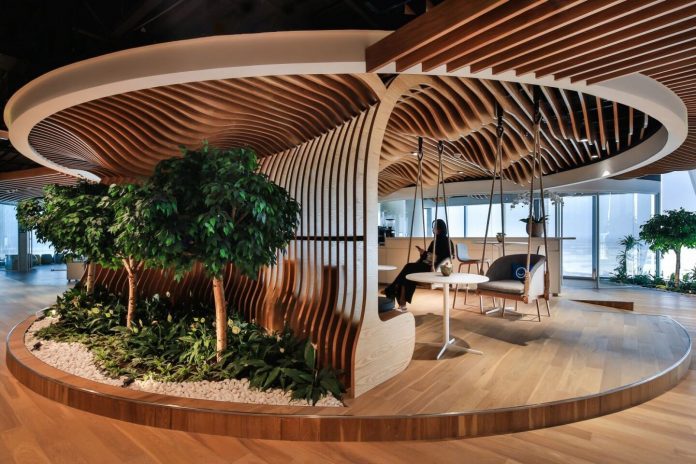by Terrapin Bright Green
14 Patterns of Biophilic Design
Biophilic design can reduce stress, enhance creativity and clarity of thought, improve our well-being and expedite healing; as the world population continues to urbanize, these qualities are ever more important. Theorists, research scientists, and design practitioners have been working for decades to define aspects of nature that most impact our satisfaction with the built environment. “14 Patterns of Biophilic Design” articulates the relationships between nature, human biology and the design of the built environment so that we may experience the human benefits of biophilia in our design applications.
Biophilia in Context looks at the evolution of biophilic design in architecture and planning and presents a framework for relating the human biological science and nature. Design Considerations explores a sampling of factors (e.g., scale, climate, user demographics) that may influence biophilic design decisions to bring greater clarity to why some interventions are replicable and why others may not be. The Patterns lays out a series of tools for understanding design opportunities, including the roots of the science behind each pattern, then metrics, strategies and considerations for how to use each pattern. This paper moves from research on biophilic responses to design application as a way to effectively enhance health and well-being for individuals and society.




